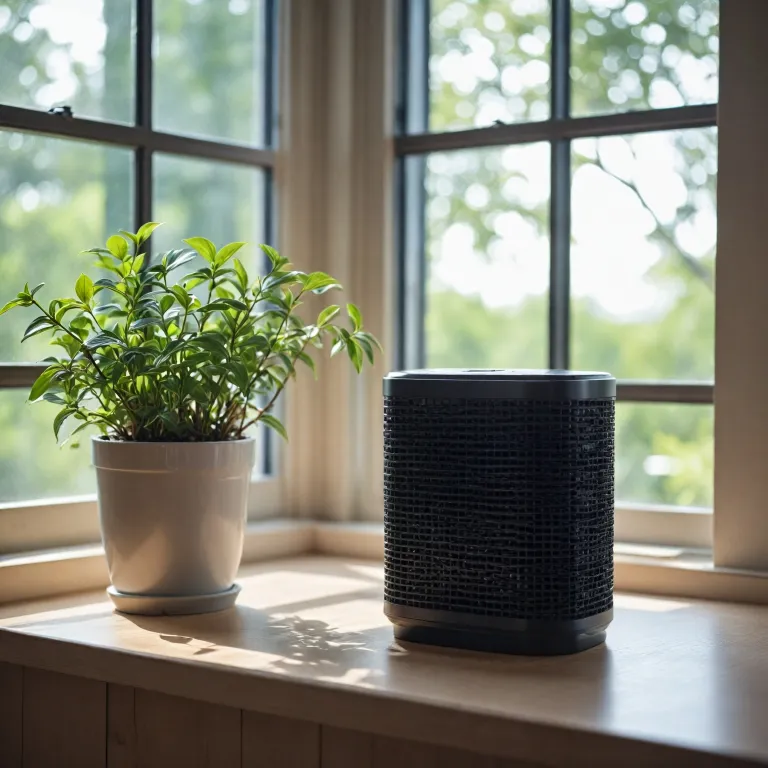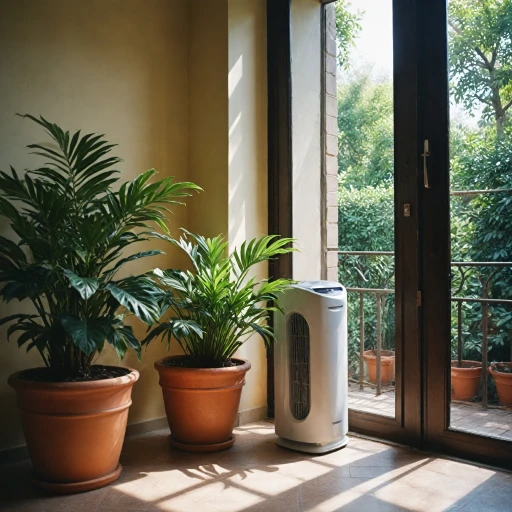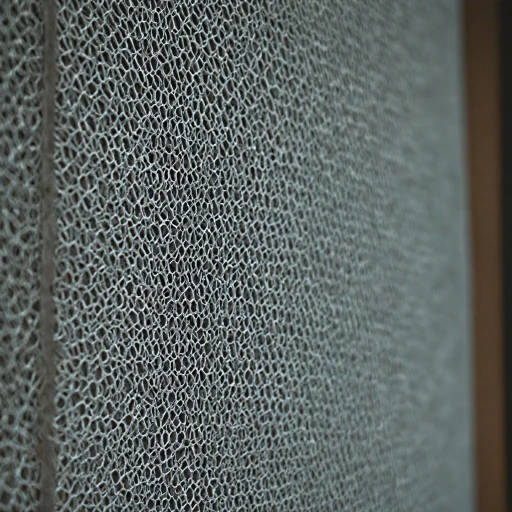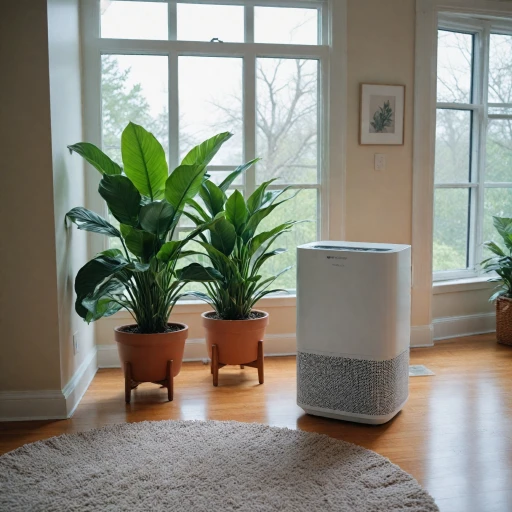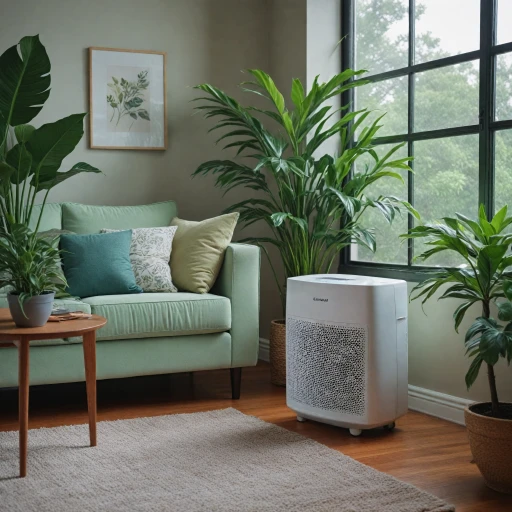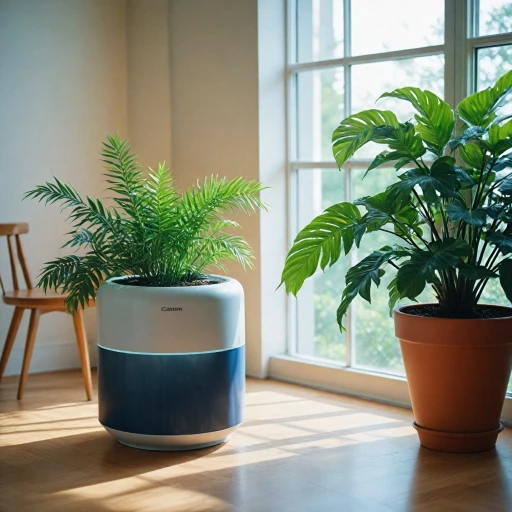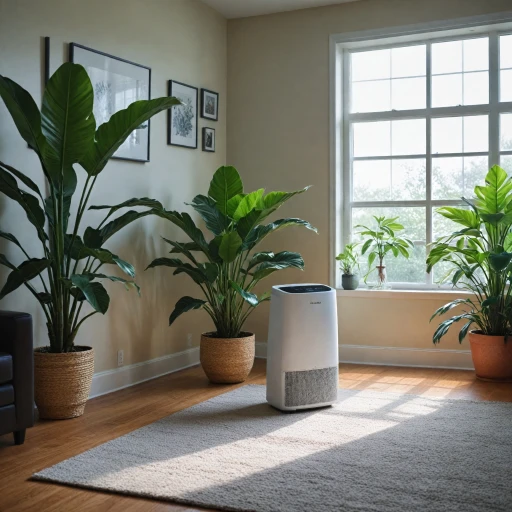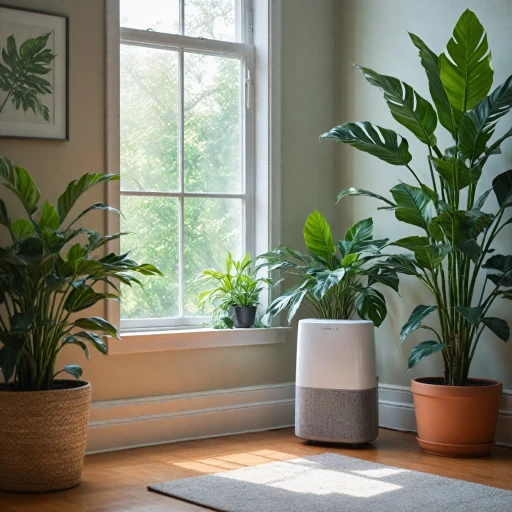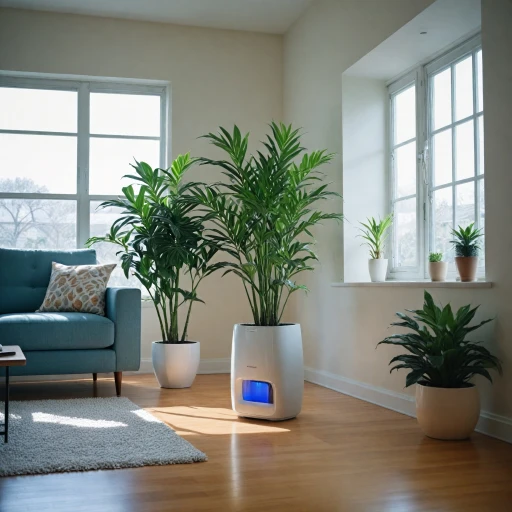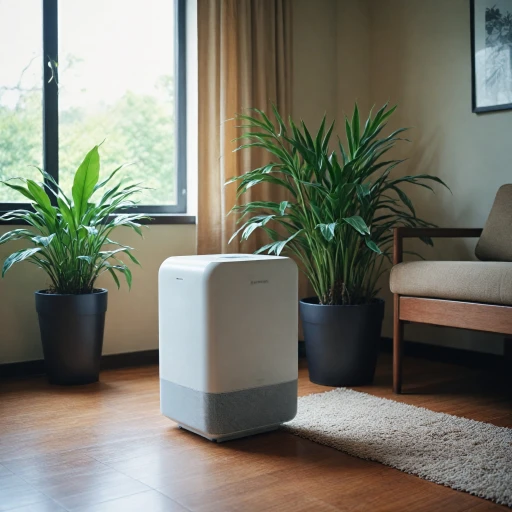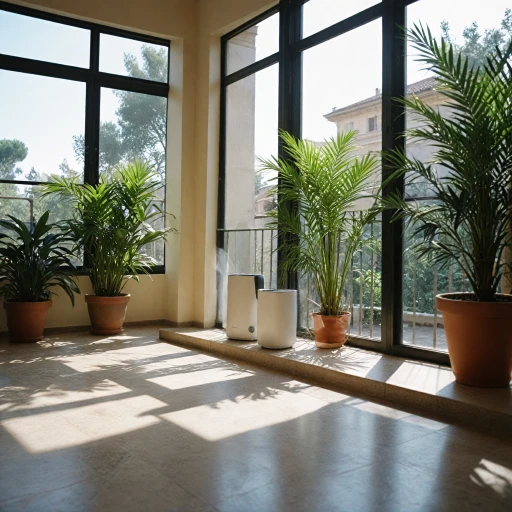
How Electronic Air Filters Work
Mechanics of Filtering Air Electronically
Electronic air filters have gathered attention for their innovative approach to purifying the air we breathe indoors. These units utilize an advanced air cleaning system, which attracts and captures tiny particulate matter that traditional filters might miss. By applying an electric charge to particulate pollutants, electronic air cleaners ensure efficient capture of dust, pollen, smoke, and other contaminants. When air flows through the unit, the electronic filters, often compared to media air filters, charge the particles. Positively charged plates or filters then attract these charged particles, trapping them effectively. This cleaning mechanism not only improves air quality but also contributes to fresh air circulation within a space. It is essential to consider that not all electronic air purifiers are built the same. Factors like air ventilation compatibility and unit size require attention. Devices such as the Honeywell electronic air filters are lauded for their robust design and effectiveness. Understanding how these devices work can guide better purchasing decisions, ensuring solutions that meet specific air cleaning needs. For a more comprehensive understanding of how electronic air filters operate, including a comparison with other technologies, consider visiting the detailed guide on the role of electrostatic air filters.Key Benefits of Using Electronic Air Filters
Advantages of Using High-Performance Purifying Systems
Electronic air filters have emerged as a preferred solution among air purifiers and cleaners due to their remarkable efficiency and versatility in improving indoor air quality. These advanced units work overtime to remove tiny airborne particles, which traditional media filters might miss. Here are some of the key benefits that make electronic air filtration systems stand out:- Superior Air Cleaning: Unlike conventional air filters, electronic systems utilize ionization to capture microscopic particles, including dust, pollen, and pet dander. This advanced cleaning capability ensures a consistently high level of air quality within the home.
- Extended Lifespan: Electronic air cleaners typically have a longer operational lifespan than their media counterparts. By reducing the need for frequent replacements, they offer a more sustainable and cost-effective solution for maintaining fresh air.
- Lower Rate of Replacement: These devices boast filters that do not require frequent replacement, unlike the traditional paper or media filters. This feature not only reduces waste but also translates to lower maintenance costs over time.
- Enhanced Energy Efficiency: Electronic air purifiers tend to consume less energy, which can contribute to reduced home energy bills. Their efficient design ensures that they operate without placing undue strain on HVAC systems, contributing to sustainable home ventilation solutions.
- Effective in Varied Environments: Whether it's the main living area or a mini unit for a child's bedroom, electronic filters integrate seamlessly into the existing ventilation systems. With brands like Honeywell offering diverse options, users can easily find a suitable unit for their specific air cleaning needs.
Comparing Electronic Air Filters to Other Types
Contrasting Electronic Air Cleaning with Other Options
Purchasing an air purifier that suits your needs involves understanding the differences between electronic air filters and other air cleaning solutions available. Several types of air cleaning devices aim to enhance indoor air quality, but their mechanisms and results can differ significantly. Here's a closer look at how electronic air systems compare to other media and traditional air filtration methods, like Honeywell air filters or mini air purifiers.
Electronic air cleaners, such as the ones incorporating CLS technology, are designed to actively capture and neutralize fine particles, a feature that's highly advantageous in environments needing meticulous air cleaning. Rather than relying solely on physical barriers, electronic air filters utilize electric charges to attract airborne impurities — sometimes even as small as 0.3 microns. This precision makes them particularly suitable for capturing allergens, dust, and even some bacteria, facilitating fresher and cleaner air.
What sets electronic air filters apart?
- Effective allergen trapping: Whereas traditional media air filters might miss microscopic particles, electronic systems excel in their capture rate.
- Long-term savings: Some electronic air cleaners feature reusable filters that, with proper maintenance, can last longer than typical unit or duct air filter replacements.
- Comprehensive air ventilation: Given their capability to handle high volumes of air, these systems can significantly enhance air ventilation and quality in larger spaces.
On the other hand, non-electronic and passive air purifiers, such as those employed in traditional units, typically work by forcing air through a filter. Though effective for dirt and large particles through media focus, they might require frequent changing to maintain their efficiency. Honeywell media air filters, for example, are renowned for their effective particle capture and are an excellent choice for those seeking robust, maintenance-light solutions.
It is essential to examine the pros and cons of each method before making a selection. While electronic air cleaners offer technological advantages, they may sometimes produce ozone emissions, which is a concern that needs consideration in certain contexts. If eliminating odors is also a priority for you, some might find it beneficial to explore innovative alternative methods as well.
Ultimately, assessing the air cleaning system in the context of your specific needs, whether they involve allergy reduction, indoor air circulation, or something else, will guide you to the most suitable product selection and usage.
Considerations Before Purchasing
Important Factors to Consider When Choosing an Electronic Air Filter
When contemplating the purchase of an electronic air filter, there are several critical factors to take into account. These considerations will ensure you select the most suitable options for your needs, contributing to improved air quality and efficiently maintaining indoor air freshness.
- Room Size and Coverage: Evaluate the coverage area of the air filter to ensure it matches the size of the intended room. Electronic units come in various sizes, from mini models for small rooms to larger systems for entire homes.
- Filtration Efficiency: Examine the efficiency of the filter in capturing pollutants. This includes checking the air cleaner's Clean Air Delivery Rate (CADR) to understand its capacity to deal with dust, pollen, and smoke.
- Ozone Emissions: It's critical to check if the model generates any ozone emissions. Some electronic air cleaners may produce trace amounts, which need to remain within safe limits to avoid health issues. Many reputable options, like those from Honeywell air, ensure minimal emissions.
- Maintenance and Filter Replacement: Consider the maintenance requirements and ease of cleaning. Some electronic units have permanent, washable filters that require regular cleaning, while others may need filter replacements, such as media air filters, at specific intervals.
- Noise Levels: Evaluate the noise produced by the unit, especially if it will be placed in bedrooms or quiet areas. Opt for models advertised as operating quietly to avoid disruptions.
- Energy Consumption: Check the energy efficiency of the device, particularly for larger units that may run continuously as part of an integrated ventilation system.
- Cost and Warranty: Finally, consider the cost not only of the air cleaning unit itself but also of any filter replacements or additional maintenance costs. A strong warranty offers added peace of mind concerning the longevity and reliability of the product.
Understanding these factors can help guide you toward selecting an electronic air filter that most effectively suits your needs and enhances the overall air ventilation and quality of your home.
Common Misconceptions About Electronic Air Filters
Debunking Common Misunderstandings
- "Electronic filters produce harmful amounts of ozone." While some electronic air cleaning systems may emit ozone, these emissions are generally within safe levels, adhering to established safety standards. Buyers should seek out low-ozone-emitting models for peace of mind.
- "They’re unnecessary if you have good ventilation." Effective air ventilation is crucial to maintaining indoor air quality but doesn’t fully replace the need for air cleaners. Electronic filters capture particles missed by ventilation systems, enhancing air cleaning and ensuring fresher air for you and your family.
- "All filters need frequent replacements." Contrary to common belief, electronic air filter units, particularly those using media electronic technology, require less frequent replacements compared to traditional filters. This makes them a cost-effective air cleaning solution, capturing dust and other airborne particles more efficiently over time.
- "Electronic air filters are bulky and not suitable for small spaces." Many brands now offer compact and mini units perfect for smaller spaces while providing comprehensive air cleaning solutions. These devices, like some from the "CLS" variety, blend well into modern interiors with a sleek white finish.
Tips for Maximizing Air Filter Efficiency
Enhancing Performance of Electronic Air Filters
To get the most out of electronic air filters, a combination of proper maintenance and smart usage is key. Here are a few strategies to ensure your unit operates efficiently and provides optimal air quality:- Regular Cleaning: Make it a habit to clean your electronic air cleaner regularly. Dust and debris can accumulate, reducing the filter's effectiveness. Most devices have washable components; check the manufacturer's instructions for guidance.
- Timely Replacement: Though electronic filters can be washed and reused, components like pre-filters may need regular replacement to maintain air cleaning efficiency.
- Monitor Air Quality: Consider devices with air quality sensors that adjust filtration based on pollution levels. This feature can be found in some high-quality air purifiers, providing fresh, clean air by maximizing filter efficiency when needed.
- Optimize Ventilation: Combining electronic air cleaners with a good ventilation system can help circulate purified air throughout your space while reducing the load on the filter.
- Lower Ozone Emissions: Be mindful of the potential ozone emissions from some electronic air purifiers. Ensure that your chosen model complies with safety standards, as high ozone levels can be counterproductive to air quality.
- Positioning Matters: Place your cleaner in areas with the highest foot traffic or close to pollutant sources, ensuring it works efficiently throughout your indoor space.
